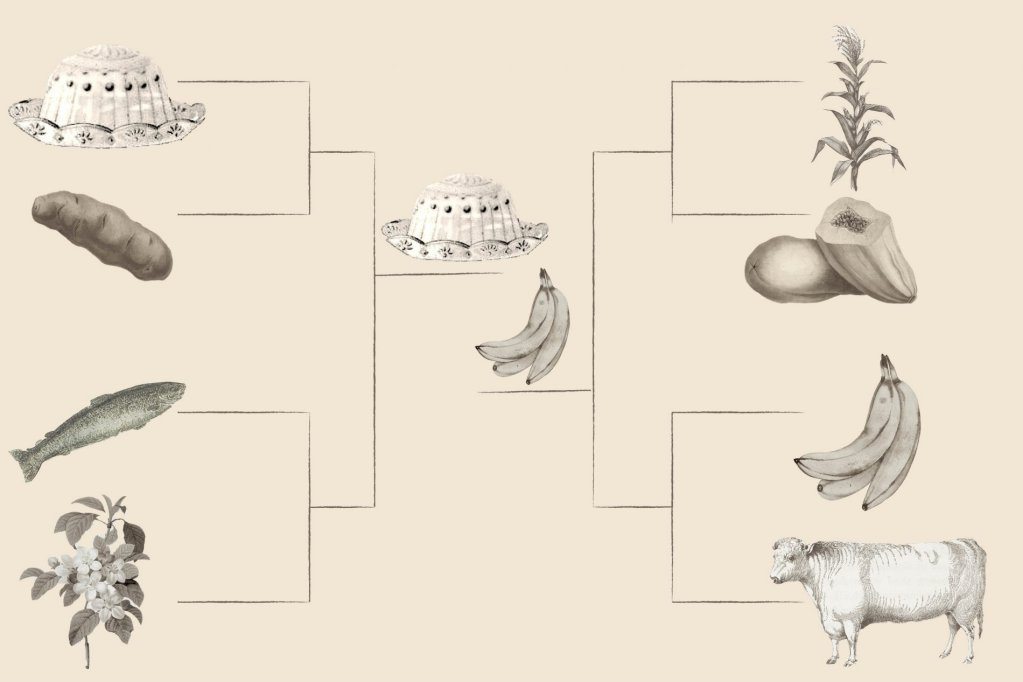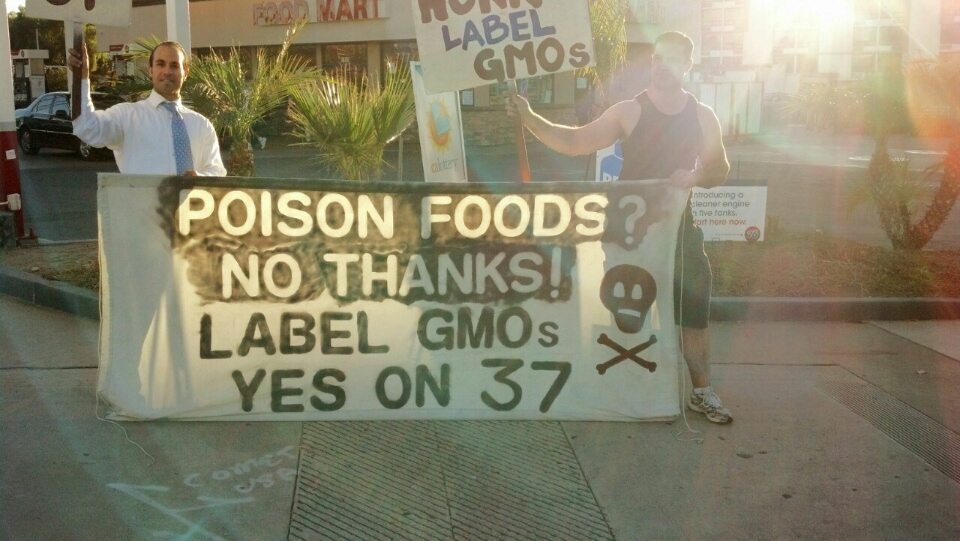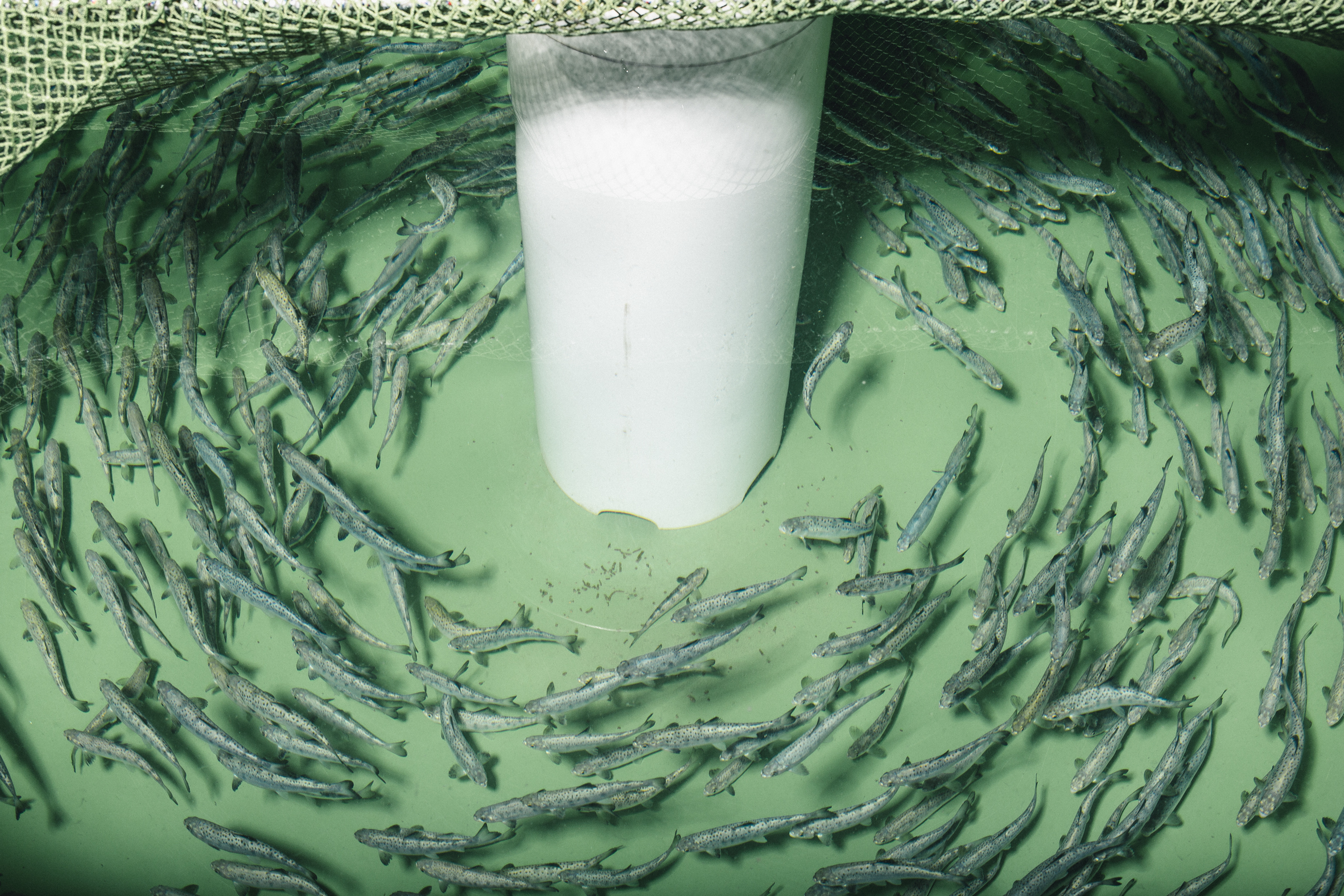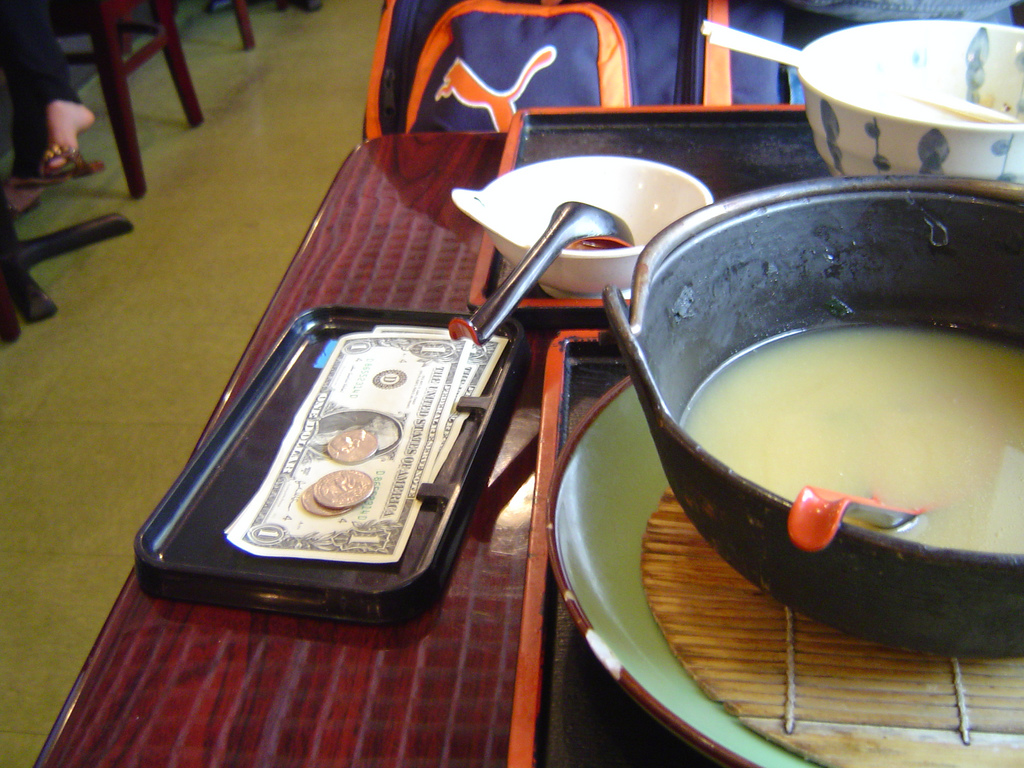
Claire Brown
Welcome to the New Food Economy GMO Bracketology 2016 Edition. We hope you have your pencils ready.
We start with an assumption, one you may not agree with: Over the next few years, we’re going to see the emergence of some form of food based on genetic engineering that offers consumers enough positives and avoids enough negatives to get them to set aside their “frankenfood” fears, maybe not for all GE food, but for that product.
 Never happen? Fine. When you fill out your bracket, just pick “never” as the winner all the way through to the championship. The rest of us are going to be looking for a different winner: the kind of product we think will first cross the threshold. Let’s leave aside for the moment the question of which engineering technique is used—and that some Americans have been eating GMO-derived foods for decades (see papayas, below). There are big differences between putting a gene from another species into a plant or animal’s DNA on the one hand and, on the other, precisely “editing” DNA, or using techniques to shut off the action of a gene. These differences are important, and they need to be thought about and regulated differently. But for the NFE-GMO-B, let’s just think about what’s going to move the customers.
Never happen? Fine. When you fill out your bracket, just pick “never” as the winner all the way through to the championship. The rest of us are going to be looking for a different winner: the kind of product we think will first cross the threshold. Let’s leave aside for the moment the question of which engineering technique is used—and that some Americans have been eating GMO-derived foods for decades (see papayas, below). There are big differences between putting a gene from another species into a plant or animal’s DNA on the one hand and, on the other, precisely “editing” DNA, or using techniques to shut off the action of a gene. These differences are important, and they need to be thought about and regulated differently. But for the NFE-GMO-B, let’s just think about what’s going to move the customers.
I’m skeptical about the short-term prospects for almost any of the current and upcoming GMOs in Division One: products where you actually eat the modified organism. They’ll be around, and if people continue to be as diligent about reading labels as they have been, the products will be sold and consumed in processed foods, but it’s hard to see them winning hearts or minds. So let’s scratch Roundup-ready corn and soybeans.
 But what about crops designed to tolerate drought and other changes in climate—a crucial problem in much of the less-developed world? Will a heart-rending TV commercial of an adorable African child feeding GE corn to plump chickens be able to beat out protests that corporate giants are taking advantage of poor growing conditions to foist economically unsustainable and potentially harmful products onto a powerless population? To me, this one sounds like a draw at best, at least for the short run. The same general logic applies to vitamin enrichment strategies, like the Bill Gates-funded research on a plantain engineered to be rich in vitamin A.
But what about crops designed to tolerate drought and other changes in climate—a crucial problem in much of the less-developed world? Will a heart-rending TV commercial of an adorable African child feeding GE corn to plump chickens be able to beat out protests that corporate giants are taking advantage of poor growing conditions to foist economically unsustainable and potentially harmful products onto a powerless population? To me, this one sounds like a draw at best, at least for the short run. The same general logic applies to vitamin enrichment strategies, like the Bill Gates-funded research on a plantain engineered to be rich in vitamin A.
Hot new contender in the division is the AquaAdvantage salmon, engineered by AquaBounty Technologies to grow quickly and produce roughly a pound of fish for a pound of feed. It has an interesting environmental argument, but its opponents have an environmental counterargument, and the authority under which FDA regulates the fish is pretty screwy. (The agency technically classes the salmon as a veterinary medicine rather than as a food.) Lawsuits are underway.
The Arctic apple, engineered not to brown, seems like a nonstarter. It makes sense for food service, but while there are advantages to being able to cut an apple well in advance of serving, there’s not much for the consumer to care about. The Innate potatoes being developed by J.R. Simplot sound like they have a stronger argument—consumers may not care about apples browning, but they might care for bruise-proof potatoes that will also reduce acrylamides in products like french fries and potato chips. Preserving the french fry: That’s something people can get behind. Such an advantage, however, is kind of technical and abstract. Advantage, potato. But not by much.
 So who goes on to the semifinals of our tournament, representing the prestigious Edible Organism Division? I’m voting for bananas. The world banana crop is constantly at risk, not least because bananas can reproduce asexually, leading to a dangerous lack of variety in the gene pool. When the right disease comes along, the entire crop can be wiped out, as happened back in the 1950s, when a lethal fungus known as Panama disease swept through Central and South America. The crop is currently threatened by a new strain of the fungus, Tropical Race 4, in China, Malaysia, the Philippines, and Australia. A genetically engineered banana may be all that stands between you and naked cornflakes for breakfast. Besides, this approach is tried and true. Three-quarters of the papayas coming out of Hawaii since the late 1990s have been genetically engineered to resist the ringspot virus that all but wiped out the crop in the 1970s and 80s.
So who goes on to the semifinals of our tournament, representing the prestigious Edible Organism Division? I’m voting for bananas. The world banana crop is constantly at risk, not least because bananas can reproduce asexually, leading to a dangerous lack of variety in the gene pool. When the right disease comes along, the entire crop can be wiped out, as happened back in the 1950s, when a lethal fungus known as Panama disease swept through Central and South America. The crop is currently threatened by a new strain of the fungus, Tropical Race 4, in China, Malaysia, the Philippines, and Australia. A genetically engineered banana may be all that stands between you and naked cornflakes for breakfast. Besides, this approach is tried and true. Three-quarters of the papayas coming out of Hawaii since the late 1990s have been genetically engineered to resist the ringspot virus that all but wiped out the crop in the 1970s and 80s.
 But don’t forget, there are two divisions battling it out in our tournament. Thus far, we have been talking about only edible organisms. The Ingredients Division has a real edge in winning over consumers: it’s dominated not by GMO organisms that we eat, but rather by GMO organisms that produce something that we eat (kind of like the way GMO yeast could produce non-GMO alcohol). This second division is less developed and less well known, but it’s yielding some strong contenders. It also has the advantage of arguably not falling under the Vermont GMO labeling law.
But don’t forget, there are two divisions battling it out in our tournament. Thus far, we have been talking about only edible organisms. The Ingredients Division has a real edge in winning over consumers: it’s dominated not by GMO organisms that we eat, but rather by GMO organisms that produce something that we eat (kind of like the way GMO yeast could produce non-GMO alcohol). This second division is less developed and less well known, but it’s yielding some strong contenders. It also has the advantage of arguably not falling under the Vermont GMO labeling law.
There have been a few ingredients in this division that have already made it to the grocery store, including rennet and a recombinant fish protein used in some ice creams to prevent the formation of ice crystals. Useful, but clearly not lovable. There’s Muufri, which is working on growing milk from cow genes implanted in yeast cells, and Clara Foods, which hopes to grow egg whites in yeast, and Gelzen, creator of a biotech, animal-free gelatin, among others.
 What they have in common: They are relatively simple. Instead of producing an organism with its own genome that has the potential to generate toxins and allergens on its own, these are processes in which a small number of proteins are created and filtered out from whatever else might be going on in the fermenter. The concept works (just ask anyone who takes human insulin or a raft of drugs including Humira, Avastin, or Herceptin), though it might be tough either to get to scale or to solve the aesthetic issues to make the product palatable. Best of all, these companies use biotech to replace undeniably dirty, icky industrial processes—collecting eggs from hens and cracking and separating them, or rendering down leftover animal parts, for instance. I haven’t figured out which of these upstarts I’m betting on, but if there’s a tournament winner here, it will probably come from the ingredient side.
What they have in common: They are relatively simple. Instead of producing an organism with its own genome that has the potential to generate toxins and allergens on its own, these are processes in which a small number of proteins are created and filtered out from whatever else might be going on in the fermenter. The concept works (just ask anyone who takes human insulin or a raft of drugs including Humira, Avastin, or Herceptin), though it might be tough either to get to scale or to solve the aesthetic issues to make the product palatable. Best of all, these companies use biotech to replace undeniably dirty, icky industrial processes—collecting eggs from hens and cracking and separating them, or rendering down leftover animal parts, for instance. I haven’t figured out which of these upstarts I’m betting on, but if there’s a tournament winner here, it will probably come from the ingredient side.
Still betting on “never”? You could be right. But bear this in mind: The biotech engineers who are working on the next generation of “frankenfoods” care passionately about their discipline. They’re as persuaded that it’s necessary and inevitable as you are that natural, responsibly produced food is essential. And leaving aside silly developments like non-browning apples, they have some important global problems in their sights. You can bet against them, but remember, in this particular tournament, you’re not just filling out a bracket. You’re part of one. Even if you’re not a gambler, you have a stake in the finals.










